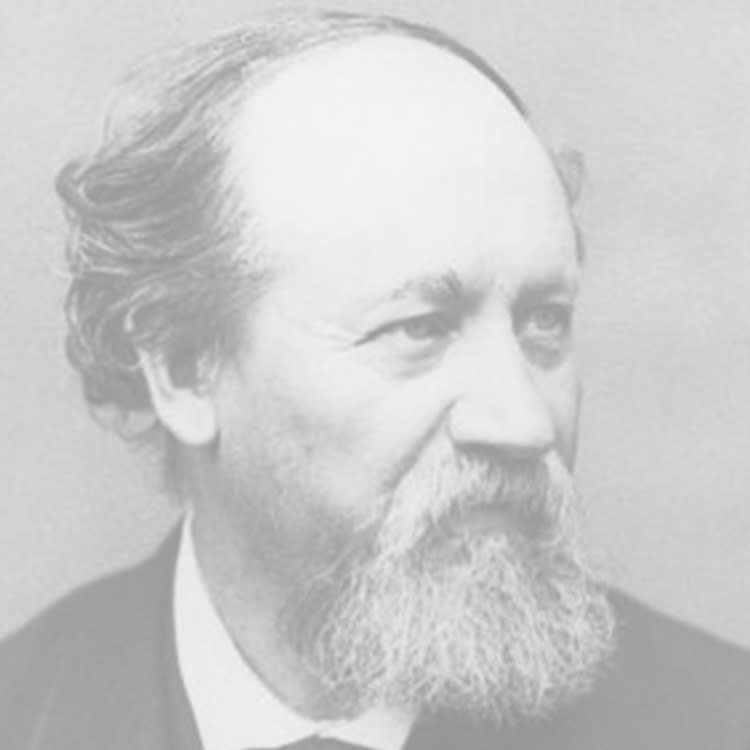PAUL SIGNAC 1863-1935
Paul Signac is a Pointillist and Neo-Impressionist artist, whose works are exhibited at the HELENE BAILLY gallery.
Born in Paris in a family of bourgeois merchants, Paul Signac grew up near Pigalle and Montmartre, rue Frochot. Imbued with the bohemian spirit of the district where he met various artists, he discovered in the galleries, Impressionist paintings.
When his father died, and his mother and grand-father moved to Asnières, Signac stopped his studies, rented a room in Montmartre and began his painter career as an autodidact. He was interested in Monet's work which was decisive in the choice of his style. His first paintings dated 1881-1882 were views of Montmartre and Asnières and studies of women, notably his future wife Berthe Roblès.
In 1883, he met Seurat who became his friend and who would strongly influence him. In 1884 he exhibited his first painting at the Salon des Indépendants and cofounded with Seurat the Société des artistes indépendants. In 1886, Signac participates in the VIIIth exhibition of the Impressionist and exhibited in New York, Nantes with Seurat and Pissarro considered as the "scientific Impressionists".
Signac was interested in the Charles Henry's essay from 1885 who elaborated the principles of the complementarity of colors and invented the chromatic circle. Also discovering the theory of Michel Eugène Chevreul related to the persistance of the luminous impressions on the retina, Signac participated in the elaboration of the pointillist technique.
In 1887, he joined Seurat at the inauguration of the exhibition of the Groupe des XX, an avant-garde movement in Brussels and the next year, was invited to exhibit playing a major role in the excitement for neo-Impressionism among the Belgian artists.
Fascinated by water and its reflections, Signac lived several years close to the sea, in Brittany and Saint-Tropez where he painted seascapes. Traveler and seaman, the painter conciliated his attachment to Provence with his many tours in France and abroad and composed numerous views of harbours notably Collioure and Saint-Tropez.
He went further in the experimentation of the decomposition of light with primary colors and their complementary and developed the divisionism of neo-Impressionism. He then took over the lead of the movement after the death of his friend Seurat in 1891.
In 1892 he settled down in Saint-Tropez, where he painted his first luminous watercolors strongly inspired by Van Gogh who Signac admired and who he met several times in Arles. Since 1910, the watercolor definitely overtook the oil painting.
